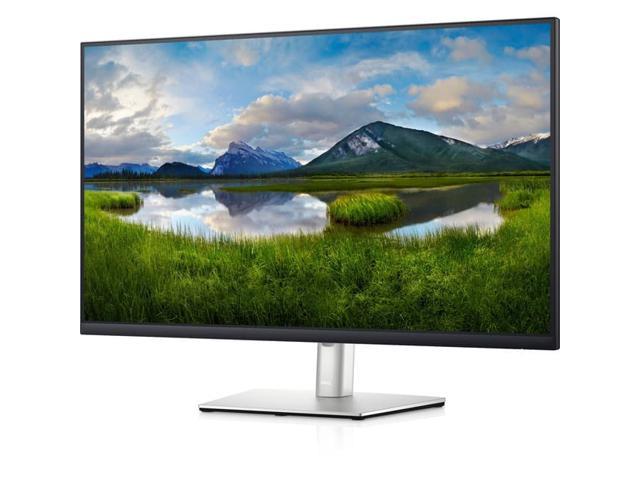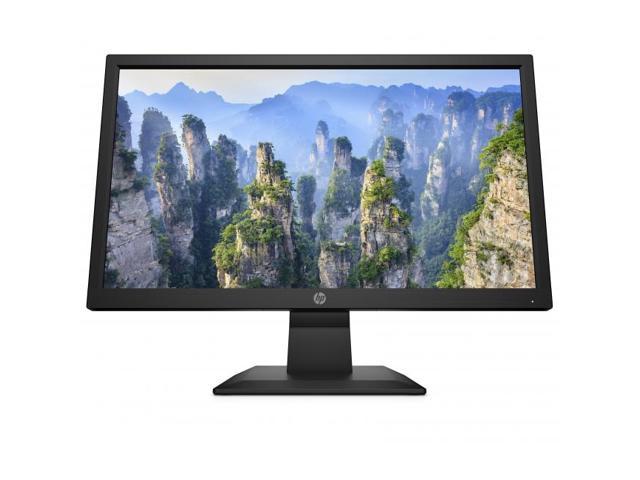In addition to standardized casual blood pressure readings, ambulatory blood pressure monitoring (ABPM) - using automatic noninvasive (= indirect) devices for home readings and fully automated monitors for 24-h profiles - have become a widely used necessary tool in clinical research. This book summarizes the state of the art in the whole field of indirect blood pressure monitoring. It is based on two international meetings and on invited papers. We have divided the subject matter into two main areas: 1) Automatic blood pressure devices for discontinuous registration, and 2) Portable, fully automated programmable monitors for continuous monitoring. The availability of all new technologies is described in detail and current technical and physiological problems have been covered in depth. Both topics have been subdivided into a) Methods and Techniques, and b) Clinical Applications. Both parts are updated and have critically evaluated available automatic sphygmomanometers and portable computers equipped with different techni ques (e. g. , auscultation, oscillometry, plethysmography). Reliability in the intensiv Care unit as well as in outpatients management, common clinical problems, clinical relevance compared to casual blood pressure are described in the first part. In the second part, ten years of experience on fully automated noninvasive methodology - compared to intraarterial techniques - have been elaborated by international experts; the possibilities and limitations are clearly demonstrated. Analyses in different clinical fields in the diagnosis of primary and secondary hypertension are given. Different statistical analyses of blood pressure variability and circadian rhythms are discussed.















